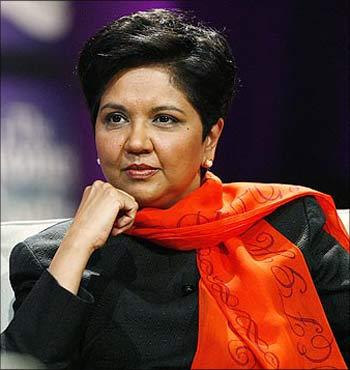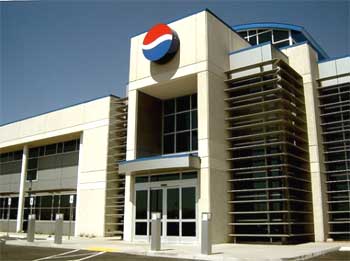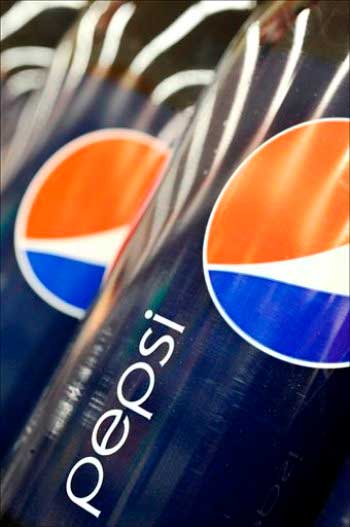
Pepsi still has superstars from cricket and filmdom on its rolls, but it is no more banking on them alone to make its voice heard in Youngistaan - the world of its target audience. It is going all the way to reach its young audience in their preferred haunts, be it in cyberspace or real life.
Its 'MyCan, MyWay' campaign was kick-started by a commercial featuring Indian cricketers and a group of boys, reminiscent of today's teens with attitude, in Kerala. Since then it has spread out through non-mass media such as the Internet and radio, asking the youth 'What's Your Way'.
The whackiest answer to a dicey dilemma would earn the user a whole lot of goodies from Pepsi.
"Our attempt is to move beyond a one-way interaction and make it an engaging dialogue," says Pepsi executive vice-president (marketing, cola) Sandeep Singh Arora.
The 'dialogue', which was started on October 25, is based on the insight that young people are confident in thinking their way out of a sticky situation and the responses are never homogenous.
Pepsi hopes to engage with the youth -- 30 million on the Internet, 6 million of them on social networking sites, and another 250 million on their mobile phones. On the radar are cities such as Delhi, Chandigarh, Patiala, Kota, Lucknow, Kanpur, Chennai, Bangalore, Kochi, Manipal, Kolkata, Mumbai and Pune.

The brand has come a long way from its online presence on the Yahoo! portal, known as 'pepsizone'. Pepsi's online Youngistaan is where all the action now is.
Not only does it have tricky situations enacted by its youngest crop of brand ambassadors -- Deepika Padukone, Ranbir Kapoor and MS Dhoni -- but also those co-created by users for others to solve.
Among the other tools used in these media are the product packs with situations printed on them. Answers can be registered through SMS, phone or the Youngistaan website.
The answers could even be published on Facebook, Orkut and Twitter to gather more votes from existing friends through the 'whack-o-meter' application, further enabling the youth to integrate the campaign in their regular social networking.

There is also a mobile radio studio, 'My Radio, My Way', in a tie-up with FM radio station Fever 104 in Delhi to visit colleges.
The whackiest 'My Way' answers could win the participants some time on the radio show, apart from other goodies.
Other cities would also see similar tie-ups for awareness through radio.
Four whackiest responses would get their users a chance to appear on the Pepsi 'My Can' product, while every day one youngster gets voted to win a month's supply of Pepsi and Rs 5,000 as free talk-time.
Pepsi has tied up with various mobile operators to be able to give away such a prize.

JWT executive vice-president Hari Krishnan, the agency that has worked the campaign, says: "Whatever had been done earlier in Pepsi's ads was entertainment through stories. While these ads would try to recreate what a typical youngster might do in a challenging situation, they elicited only a reaction of liking from the audience.
"The viewers could do little else. What we are now telling them is that there are thousands such stories, not just one, that they can relate to and they themselves can now craft the endings. They can say, 'Look, this is how I would react' instead of passively watching an ad."
The website alone, says Arora, has garnered 200,000 page views in the first four days, with 10,000 of them viewing the various videos. As many as 50,000 calls were made in a span of 4 to 5 days, lasting 45 seconds on an average, signifying "the interest with which the youth are taking time to participate and tell us their solutions," says Arora.
The campaign is also a ready tool for Pepsi to sound out its brand image with the youth through the website. The campaign will end in mid-December when the four winners would be declared.